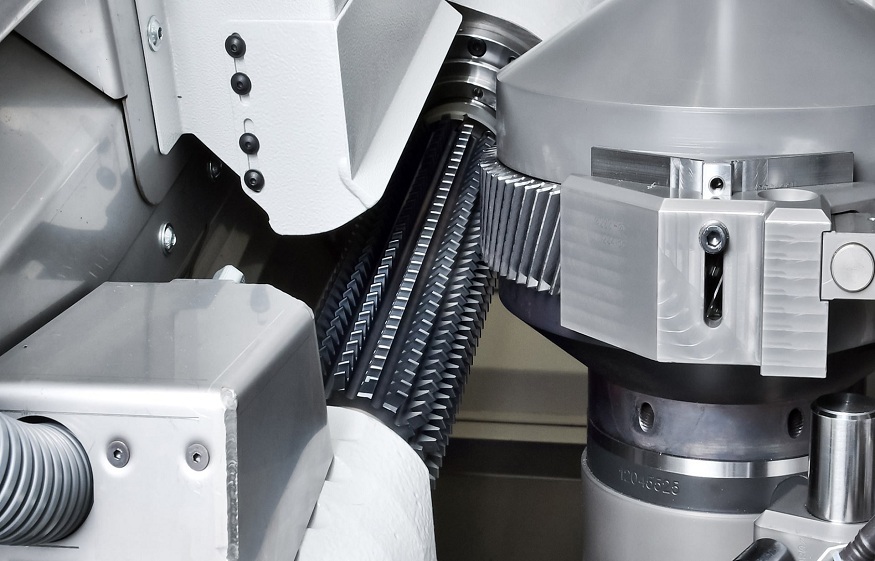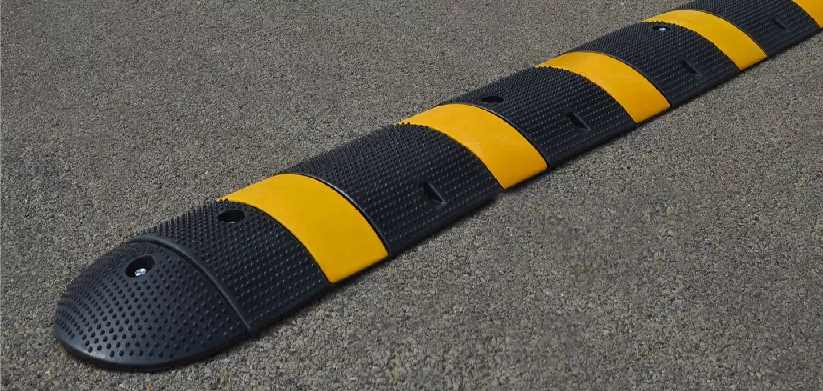Gear shaper cutters are cutting tools used in the gear-cutting process to shape gears with precision and accuracy. These tools produce high-quality gear with minimal waste, making them an essential part of the manufacturing process for many industries. This article will look closely at gear shaper cutters and their role in gear cutting.
Types of Gear Shaper Cutters:
There are several types of gear shaper cutters, including:
Involutes Gear Cutters:
Involutes gear cutters are the most commonly used type of gear shaper cutter. They produce gears with an involute tooth form, which is the most efficient and durable tooth form for most gear applications.
Helical Gear Cutters:
Helical gear cutters produce gears with a spiral tooth form in applications requiring high-speed and high-load capacity.
Spiral Bevel Gear Cutters:
Spiral gear cutters produce gears with a spiral bevel tooth form in high-speed and high-precision applications.
Hypoid Gear Cutters:
Hypoid gear cutters produce gears with a hypoid tooth form in high-torque applications.
The Gear Cutting Process:
The gear-cutting process involves several steps, including:
Step 1: Design and Preparation
To begin the gear-cutting process, you must first design and prepare the gear to be cut. It involves creating a detailed design, considering appropriate size, tooth form, and material factors. Once the design is complete, you must select the appropriate gear-cutting tool, ensuring that it is suitable for the material and specifications of the gear.
Step 2: Mount the Gear Shaper Cutter
Next, you must mount the gear shaper cutter in the cutting machine, ensuring it is properly aligned and secure. Place the cutter in the machine to accurately cut the gear, producing a consistent tooth form.
Step 3: Set Cutting Parameters
Before beginning the cutting process, you must set the cutting parameters, such as speed, feed rate, and depth of cut. Technicians must set these parameters correctly to ensure that the gear is cut efficiently and accurately, producing a gear with the desired specifications.
Step 4: Cut the Gear
You can begin the cutting process with the gear and cutter prepared and the cutting parameters set. The gear shaper cutter rotates and moves along the gear, cutting the material and producing the precise gear. Control the speed and depth of the cutters, allowing them to cut the material efficiently and accurately.
Step 5: Inspect the Gear
After you cut the gear, you must inspect it to ensure that it meets the specifications and tolerances set in the design. It involves checking the size and shape of the gear, as well as its accuracy and consistency. Any gears that do not meet the required specifications must be re-cut or discarded, ensuring high-quality gears.
Gear shaper cutters are an essential part of the gear-cutting process, producing high-quality gears with precision and accuracy. Proper selection, use, and maintenance of these tools are crucial to ensuring that gears meet the required specifications and tolerances. Therefore, whether you are in the manufacturing industry or a hobbyist, gear cutter tool are a valuable investment for anyone looking to produce high-quality gear.





